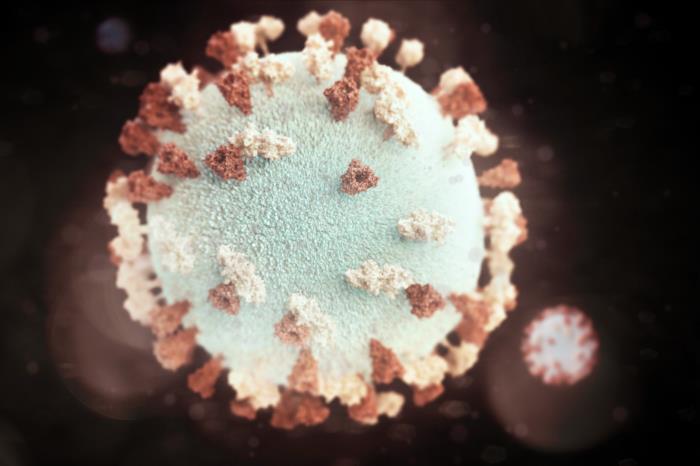In a follow-up on the mumps outbreak at Penn State University, the state department of health now puts the confirmed case tally at 10. This is up from 27 suspected, probable or confirmed (6) mumps cases at University Park reported on Feb. 28.

Mumps is spread by droplets of saliva or mucus from the mouth, nose, or throat of an infected person, usually when the person coughs, sneezes or talks. Items used by an infected person, such as cups or soft drink cans, can also be contaminated with the virus, which may spread to others if those items are shared.
Symptoms typically appear 16-18 days after infection, but this period can range from 12-25 days after infection. It is usually a mild disease, but can occasionally cause serious complications.
The most common complication is inflammation of the testicles (orchitis) in males who have reached puberty; rarely does this lead to fertility problems.
Other rare complications include inflammation of the brain and/or tissue covering the brain and spinal cord(encephalitis/meningitis), inflammation of the ovaries (oophoritis) and/or breasts (mastitis) in females who have reached puberty and deafness. Anyone who is not immune from either previous mumps infection or from vaccination can get mumps.
According to the Centers for Disease Control and Prevention (CDC), through Feb. 25, 2017, more than 1,000 mumps cases have been reported in the US.
Related:

